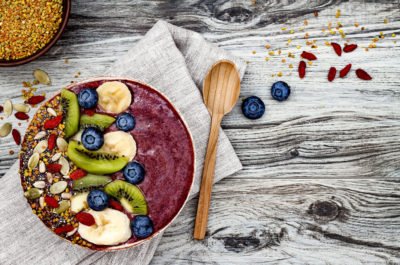Diabetes mellitus is a pancreatic disease that results when the pancreas is unable to regulate blood sugar levels. Cats are often diagnosed with the disease when high levels of blood glucose are found in the blood, and the body is unable to utilize glucose for energy, and symptoms such as sudden weight loss, increased thirst, increased urination, and insatiable appetite occur. According to research from the Veterinary Centers of America (VCA) diabetes mellitus is the second most prevalent endocrine disease in middle-aged to senior felines, especially those 13 or more pounds in body weight.
Considering the companionship and love that develops between pet and pet owner, preventing diabetes mellitus, or managing the disease to keep our beloved pet healthy is vital, using the following tips:
1. Know the early warning signs
Symptoms of diabetes in pets may include increased appetite, weight loss, excessive thirst, increased urination and going outside of the litter box. Keep in mind, if you’re pet eats wet food, these symptoms may not be evident until later on as wet food offers quite a bit of water intake.
2. Maintain a healthy body weight
Just as with human beings, exercise and diet are crucial for overweight pets, especially when it comes to controlling a chronic disease. Weight loss can increase energy, immunity, and reduce overall blood glucose in pets with diabetes mellitus. In fact, exercise can also be a method to ward off the disease in the first place. Diet in combination with exercise is a great way to promote a healthy body weight. Adopt a regular feeding schedule with a protein-rich, nutritionally balanced food and limit treat intake. If your cat or dog has diabetes, your vet can recommend a prescription diet that specifically works toward mitigating symptoms.
3. Limit treats and people food
If over-feeding the pet was used as a method of interaction, perhaps healthier displays of affection such as play, praise, and pets can be used to interact and bond with your pet. This can actually can increase the quality of the relationship for both pets and people, sans food. If you’re looking for a healthier treat try a bit of catnip or cat grass.
4. Natural treats
Many enticing dog and cat treats can be found on the market, but they can also be high in fat, sodium, and empty carbohydrates. Choosing natural and low fat treats, or making your own at home, can treats can go a long way to maintaining the good health of your dog or cat.
5. Insulin shots
When diet and exercise aren’t enough to control diabetes mellitus in pets, your veterinarian may suggest insulin shots. Several options may be used, the first being short-acting insulin if the pet is currently having physical difficulties. Regular or crystalline can be used if the pet isn’t eating. If the pet isn’t quite that ill, the insulin shots used may be NPH and Lente, which are intermediate acting, or Ultralente and PZI, which are long acting. The pet owner will be taught the method to inject insulin shots, probably once or twice a day.












